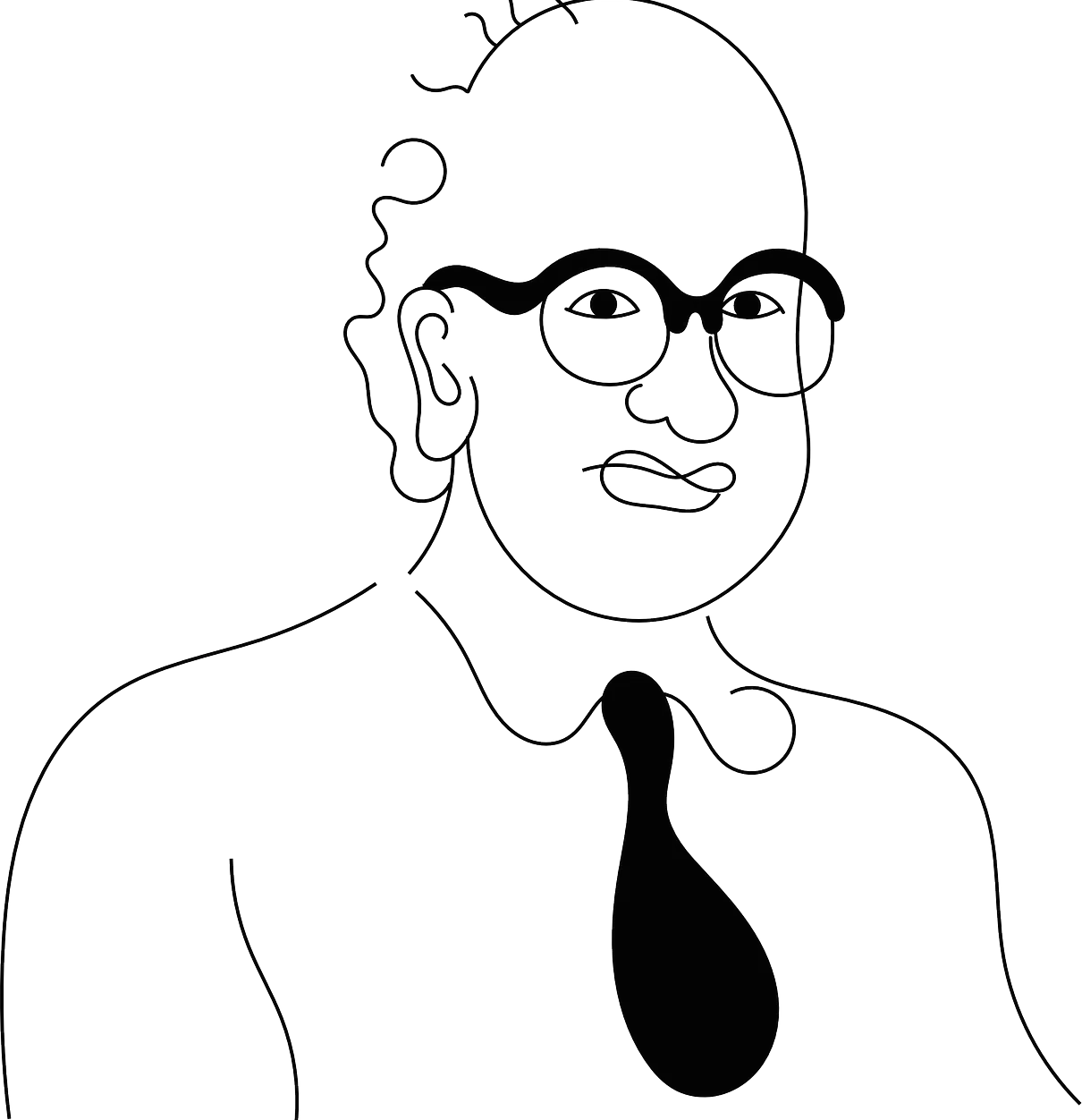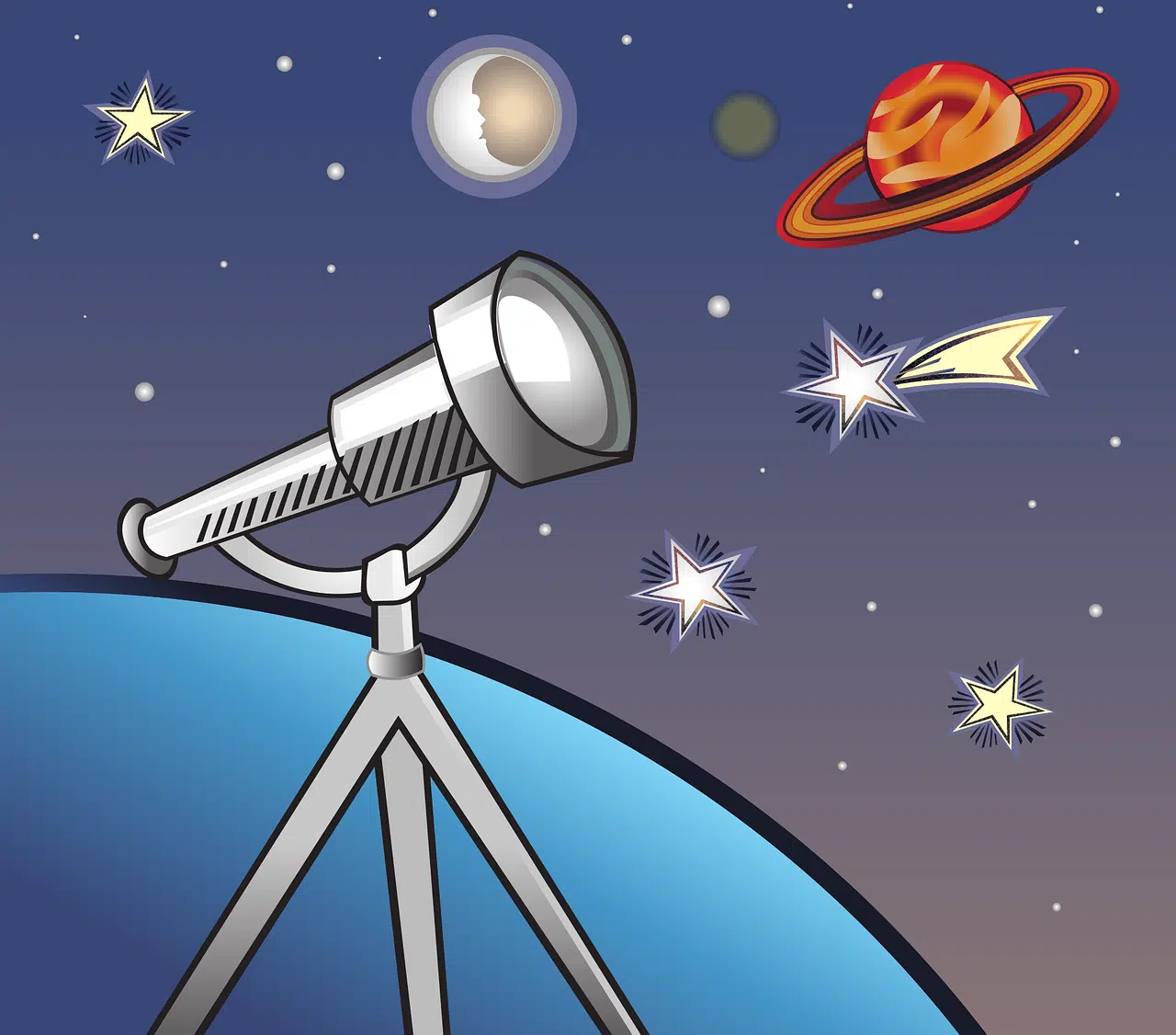
Findings by the British physicist Peter Ware Higgs served to add information, for example, about the Z and W bosons.
Boson is a term used in the field of particle physics that identifies an elementary particle capable of exerting an interaction involving fermions . In this context it is worth remembering that a fermion is also one of the elementary particles , in this case with the particularity that its spin only adopts semi-integer values, as happens with electrons and protons .
As noted when reviewing the origins of this concept, the theoretical physicist and mathematician Paul Dirac chose to impose the idea of boson as a tribute or recognition to Satyendra Nath Bose , a physicist of Indian origin who sealed the foundations for the development of both so-called statistics. Bose-Einstein and the theoretical framework of the Bose-Einstein condensate . In this regard, it should be mentioned that Bose had help and cooperation from Albert Einstein in his research, which is why both surnames appear.
To deepen the knowledge about bosons, it is necessary to account for their entire spin, explain that the Pauli exclusion principle is not fulfilled with them and that symmetry is observed in the quantum wave function intended to describe systems of bosons in relation to particle exchange.
Types of boson
Bosons are distributed into different groups depending on the characteristics they present. There are multiple varieties, so it is interesting to learn to differentiate one from the other.
One of the sets is that of composite bosons . In it, mesons appear, which have integer spin and respond to the strong nuclear force, which is why they are classified as hadrons .
There are also gauge bosons , which are designated as vector bosons because they have spin 1 and act as carriers of some of the fundamental forces. The gluon , the photon , the Z boson and the W boson are part of this family. According to the standard model of particle physics , photons are associated with electromagnetism (or electromagnetic interaction) and the Z and W bosons are mediators of the weak interaction , just as gluons do the same as carriers of the strong interaction .
The graviton , experts on the subject assume, could be a mediator of the gravitational interaction , but in the absence of foundations or evidence about its real existence, it is classified as a hypothetical boson .
Also not to be overlooked is the Higgs boson , a scalar boson with no color or electrical charge that is linked to the Higgs field . The name of both, as is the case even with the Higgs mechanism , bears the surname of a British physicist named Peter Higgs .

The joint work of Albert Einstein and Satyendra Nath Bose was reflected in the Bose-Einstein statistics, fundamental for understanding elementary particles such as, for example, bosons.
Experiments and discoveries
For many decades there have been experiments and discoveries focused on different classes of bosons .
In 1983, for example, the W boson was discovered from a CERN collider (an acronym that refers to the European Organization for Nuclear Research ) named SPS . A few seasons ago, also, taking advantage of data from the Large Hadron Collider (LHC), it was possible to measure the mass of said boson for the first time.
In 2021, to add another revolutionary fact, a team made up of specialists from the University of Aveiro and the Galician Institute of High Energy Physics concluded that the powerful and massive collision carried out by more than one black hole that caused a gravitational wave identified as GW190521 It could be explained as a consequence of the fusion of boson stars , a phenomenon that would even serve as proof of the presence of dark matter .
Closer in time, similarly, researchers involved in the ATLAS and CMS experiments promoted by CERN gathered certainties about a strange decay of the Higgs boson , which ends up decaying into a photon and a Z boson .

Investigating the Higgs boson could reveal mysteries about the dark matter present in the universe.
Theories and models associated with bosons
It is possible to approach and learn more about bosons through theories and models associated with them.
In the standard model of particle physics , to point out a specific case, bosons and fermions are contemplated (the latter are segmented into a group composed of quarks and another of leptons ).
Also the hypothetical root symmetry called supersymmetry , of enormous value for string and superstring theory, links the properties of fermions and bosons . In this context, the family of supersymmetric particles (a set in which the neutralino appears, for example) gains visibility since through it the presence and effect of dark matter within the universe could be explained.
In quantum field theory , on the other hand, the name vector boson is born. If this is approached as a quantum of a certain quantum, then it is considered to be a vector field. It is also constructive to indicate that there are compounds based on particles that are classified as vector bosons , such as the case of the vector meson made up of an antiquark and a quark where a total angular momentum corresponding to one unit is observed.
